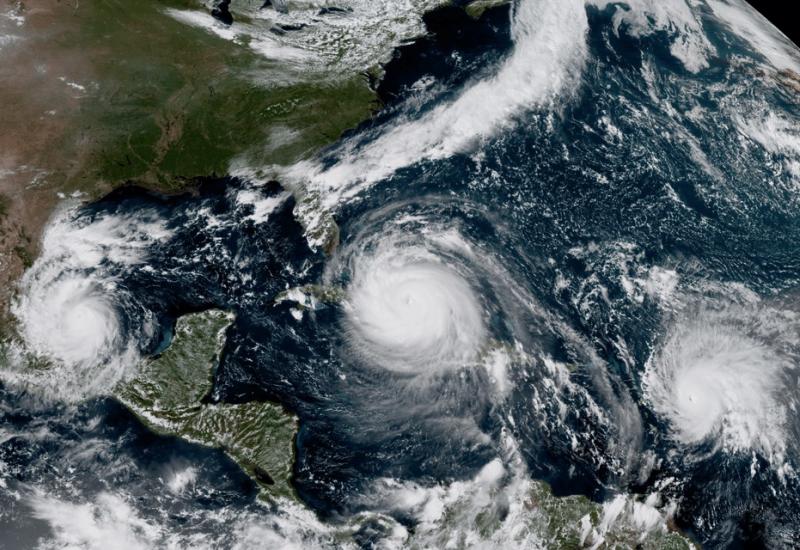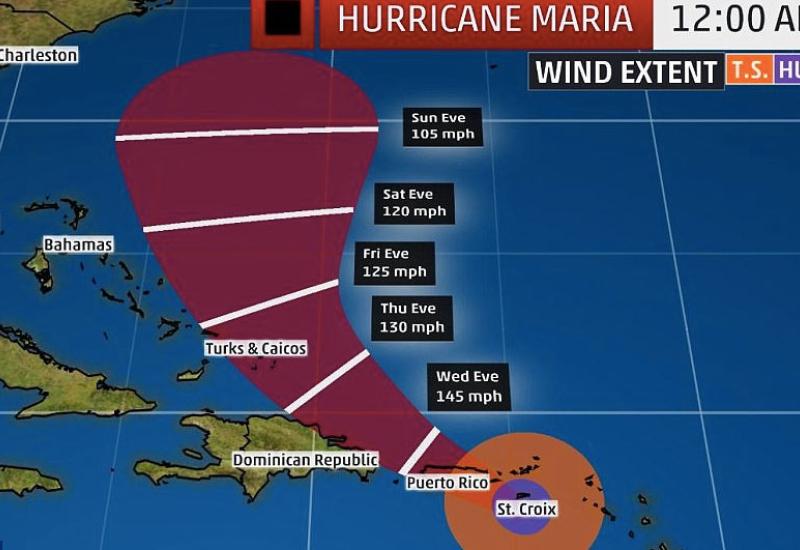The New Caribbean - Puerto Rico - Mona Island

Map of Puerto Rico and surrounding islands.
Shutterstock
Mona Island
About 40 miles off the wild western coast of Puerto Rico, Mona Island boasts one of the last great, untouched shorelines in the Caribbean. Below the surface, rugged rock formations, coral-covered boulders the size of mansions and sheer walls looking out into open ocean all beg to be explored, but the island’s distance from Puerto Rico and a lack of facilities on land mean that only a handful of divers have ever taken the plunge. Unique wildlife above and below the surface has earned Mona Island the nickname “Galapagos of the Caribbean,” and the island holds protected status as an ecological preserve. For all these reasons, the only way to dive Mona Island is from a live-aboard. “The diving at Mona is best described as ‘cliff diving,’” says John Dixon, Nekton Diving Cruise’s executive manager. “You swim along sheer cliffs that extend up and out of the water, past massive boulders, and explore caves in the rock wall.” Nearby, the smaller island of Monita is also on the dive roster, offering drift diving around an open-ocean pinnacle swarmed by sharks and other big pelagics. — TM
Need to Know
Getting There: Fly into San Juan; connections are available via most American cities on all the major carriers. From there, catch a shared van for the three-hour ride to the loading dock in Mayagüez, on the western side of the island. When to Go Nekton’s Mona Passage itineraries run from November through January.
Dive Conditions: Deep water, potentially rough surface conditions and currents mean the diving at Mona Island is best suited for intermediate or advanced divers. Visibility is usually excellent. Water temperatures during the fall and winter months can dip into the high 70s.
Inside Tip: Brush up on your entry and exit skills. Rough seas with swells as big as eight or nine feet are common off Puerto Rico’s wild western side, which can make getting off and back on the boat the most challenging part of a dive trip.

ShutterstockMap of Puerto Rico and surrounding islands.
Mona Island
About 40 miles off the wild western coast of Puerto Rico, Mona Island boasts one of the last great, untouched shorelines in the Caribbean. Below the surface, rugged rock formations, coral-covered boulders the size of mansions and sheer walls looking out into open ocean all beg to be explored, but the island’s distance from Puerto Rico and a lack of facilities on land mean that only a handful of divers have ever taken the plunge. Unique wildlife above and below the surface has earned Mona Island the nickname “Galapagos of the Caribbean,” and the island holds protected status as an ecological preserve. For all these reasons, the only way to dive Mona Island is from a live-aboard. “The diving at Mona is best described as ‘cliff diving,’” says John Dixon, Nekton Diving Cruise’s executive manager. “You swim along sheer cliffs that extend up and out of the water, past massive boulders, and explore caves in the rock wall.” Nearby, the smaller island of Monita is also on the dive roster, offering drift diving around an open-ocean pinnacle swarmed by sharks and other big pelagics. — TM
Need to Know
Getting There: Fly into San Juan; connections are available via most American cities on all the major carriers. From there, catch a shared van for the three-hour ride to the loading dock in Mayagüez, on the western side of the island. When to Go Nekton’s Mona Passage itineraries run from November through January.
Dive Conditions: Deep water, potentially rough surface conditions and currents mean the diving at Mona Island is best suited for intermediate or advanced divers. Visibility is usually excellent. Water temperatures during the fall and winter months can dip into the high 70s.
Inside Tip: Brush up on your entry and exit skills. Rough seas with swells as big as eight or nine feet are common off Puerto Rico’s wild western side, which can make getting off and back on the boat the most challenging part of a dive trip.










